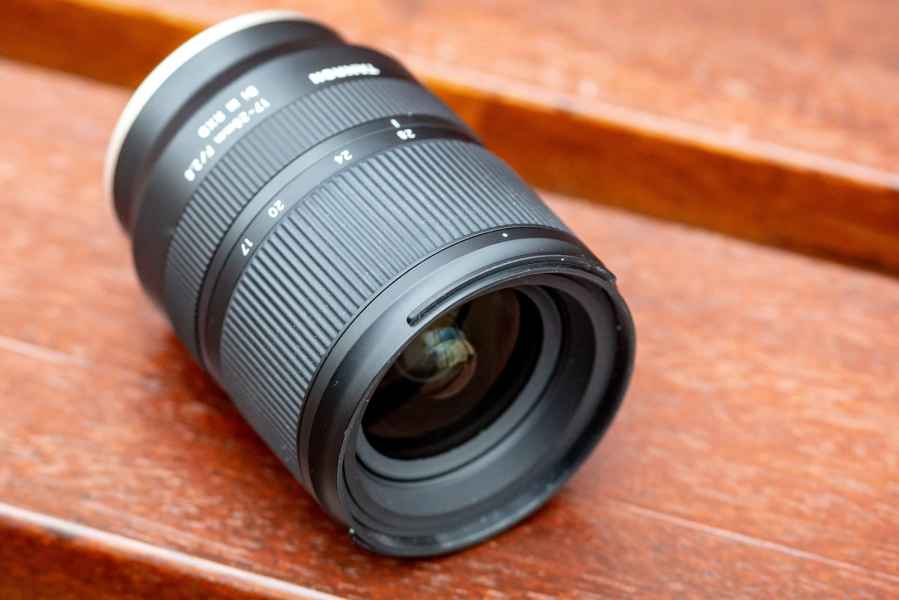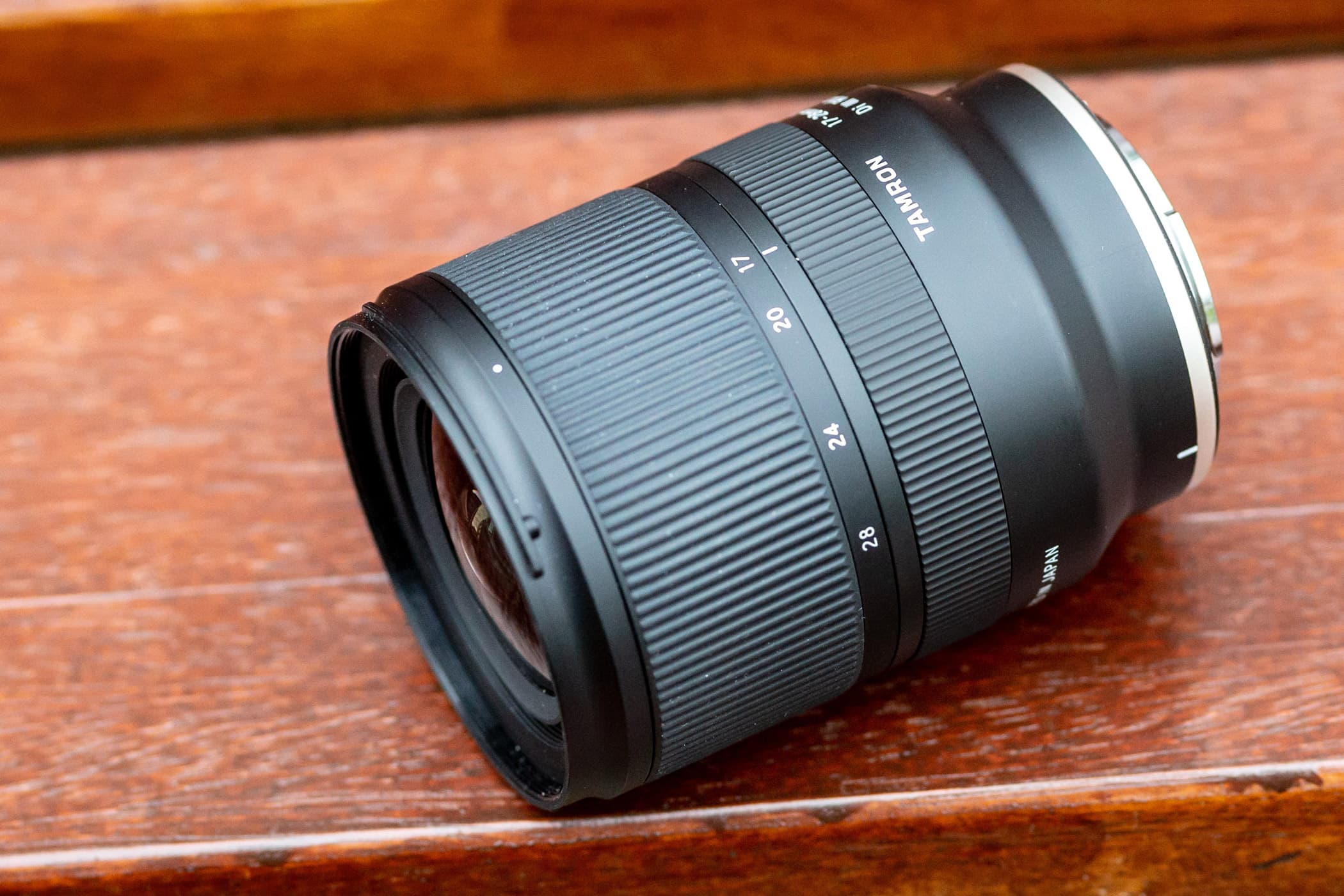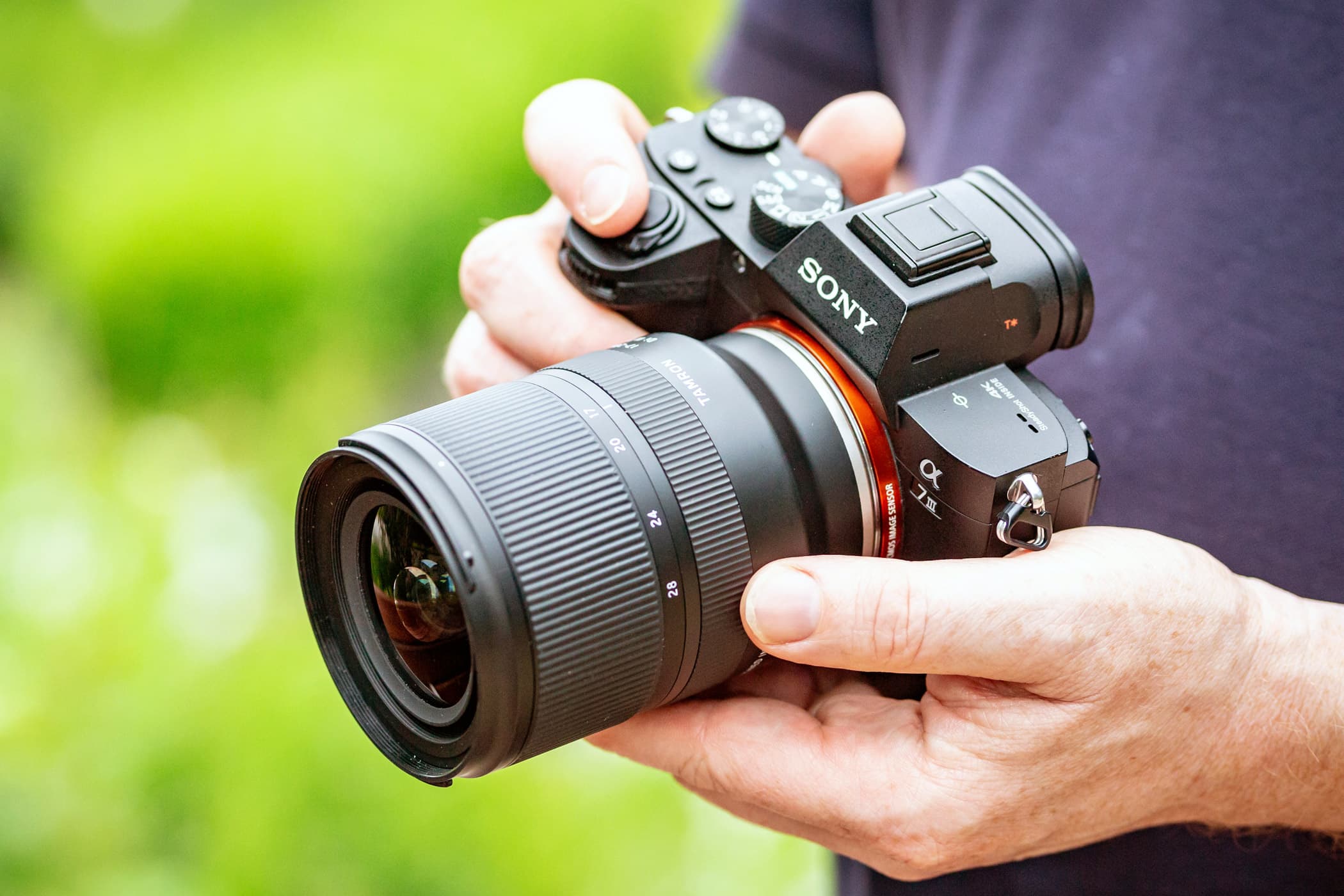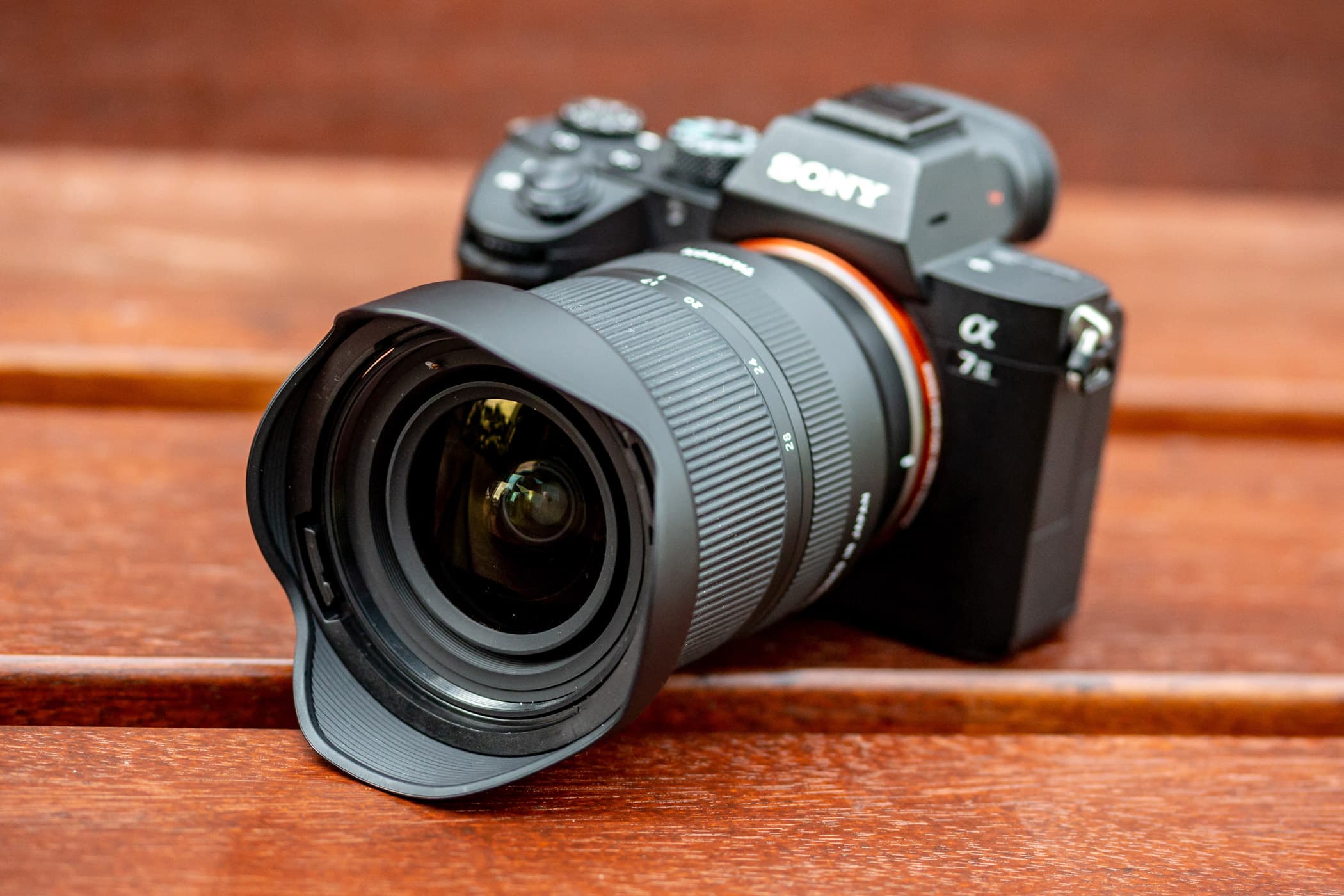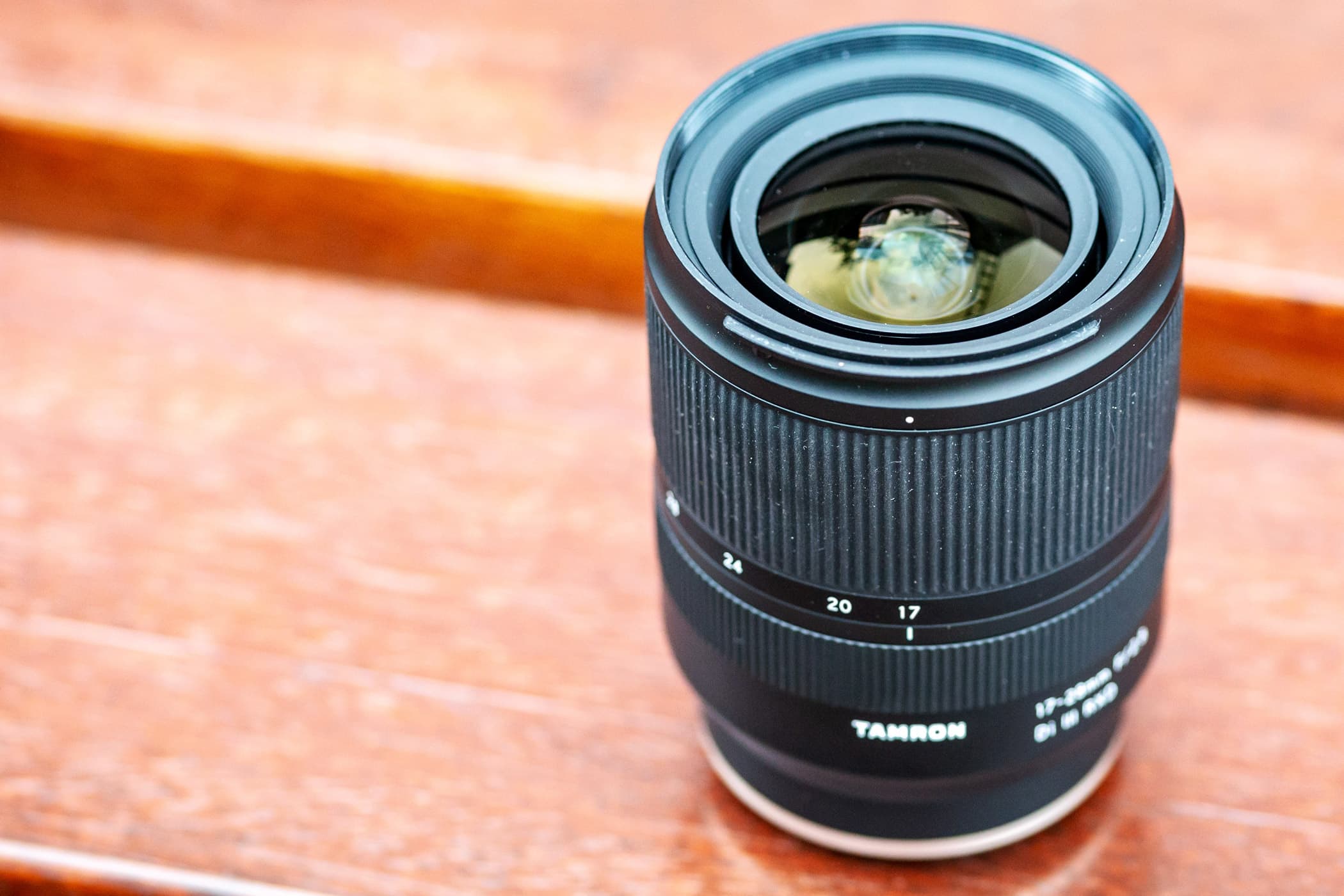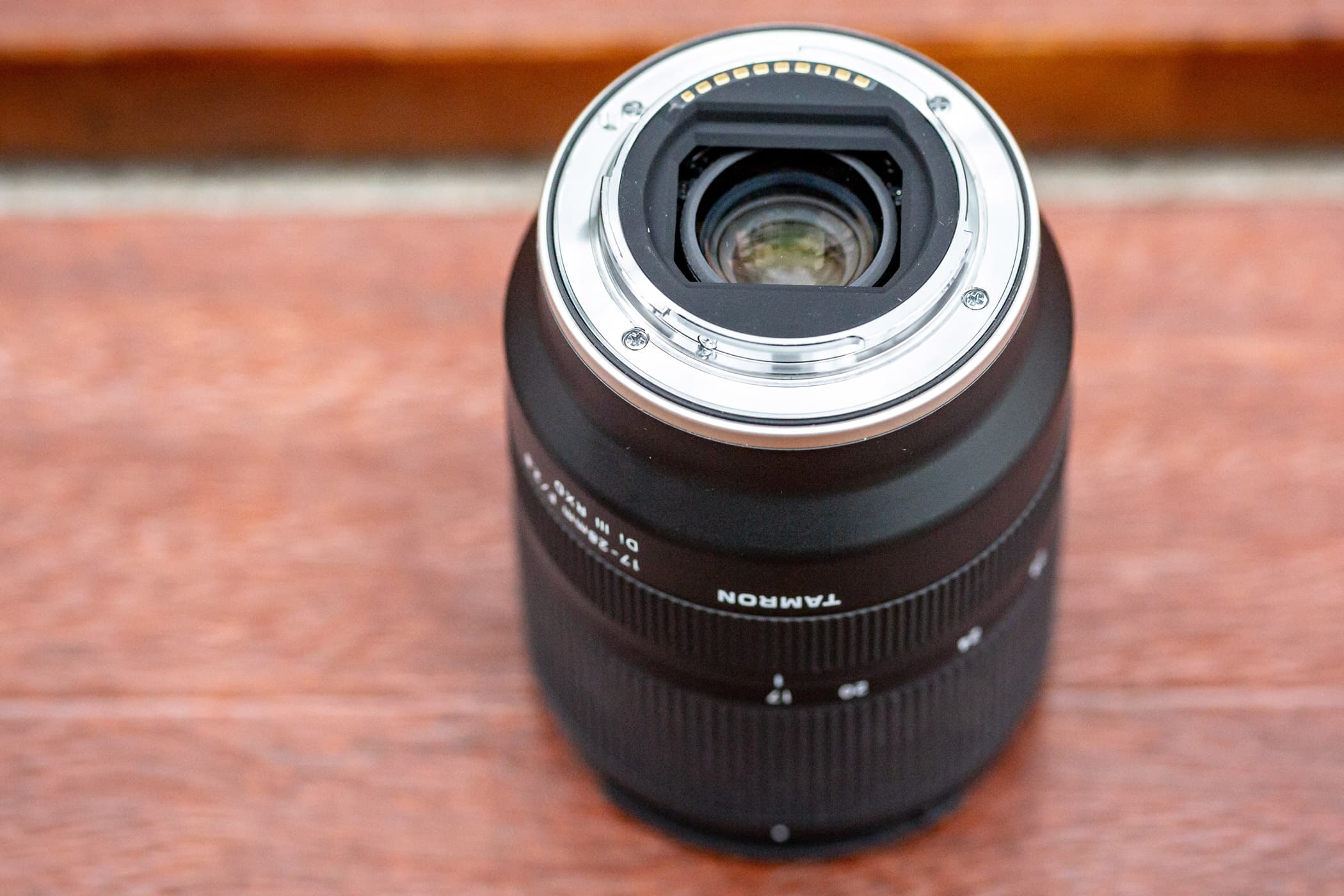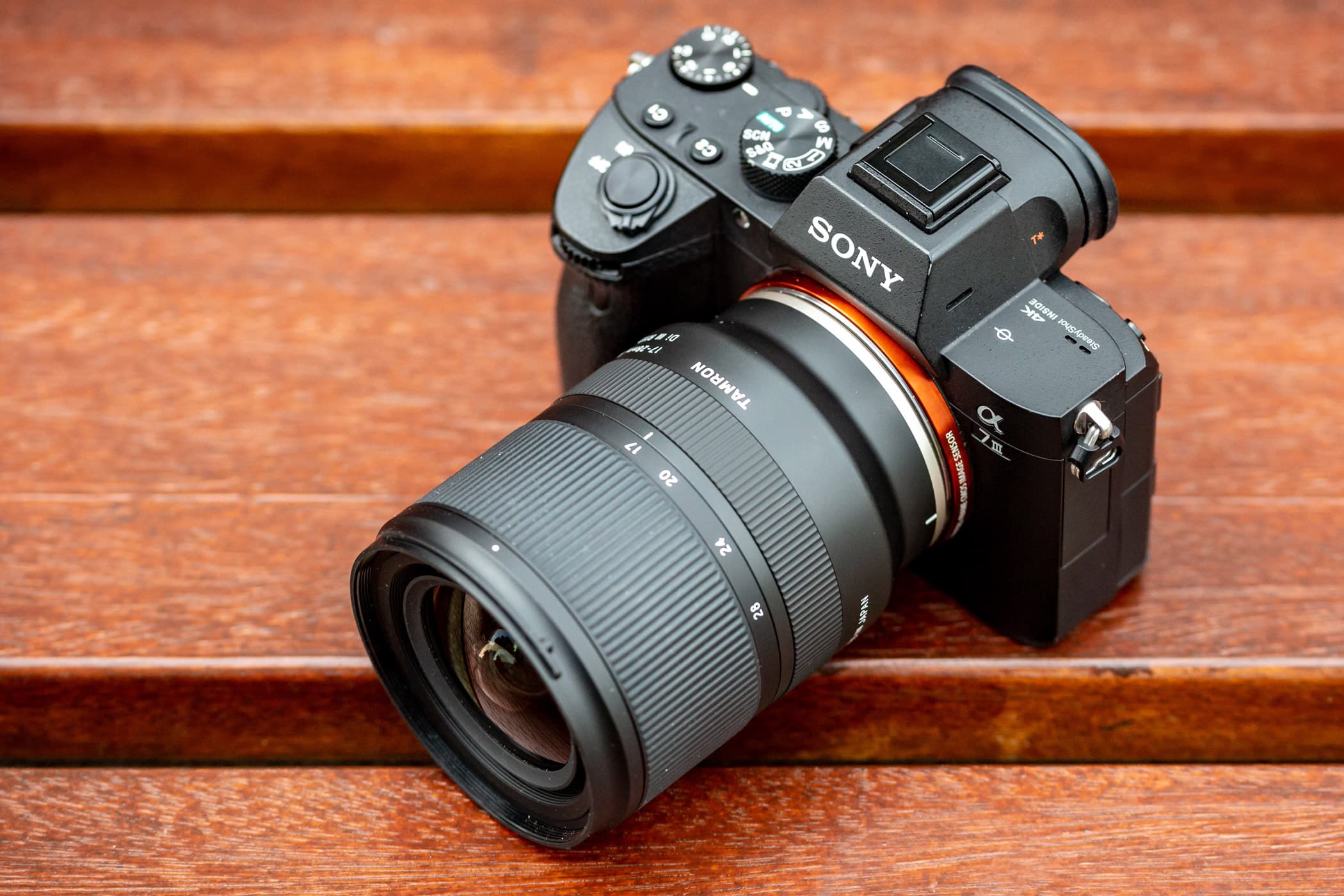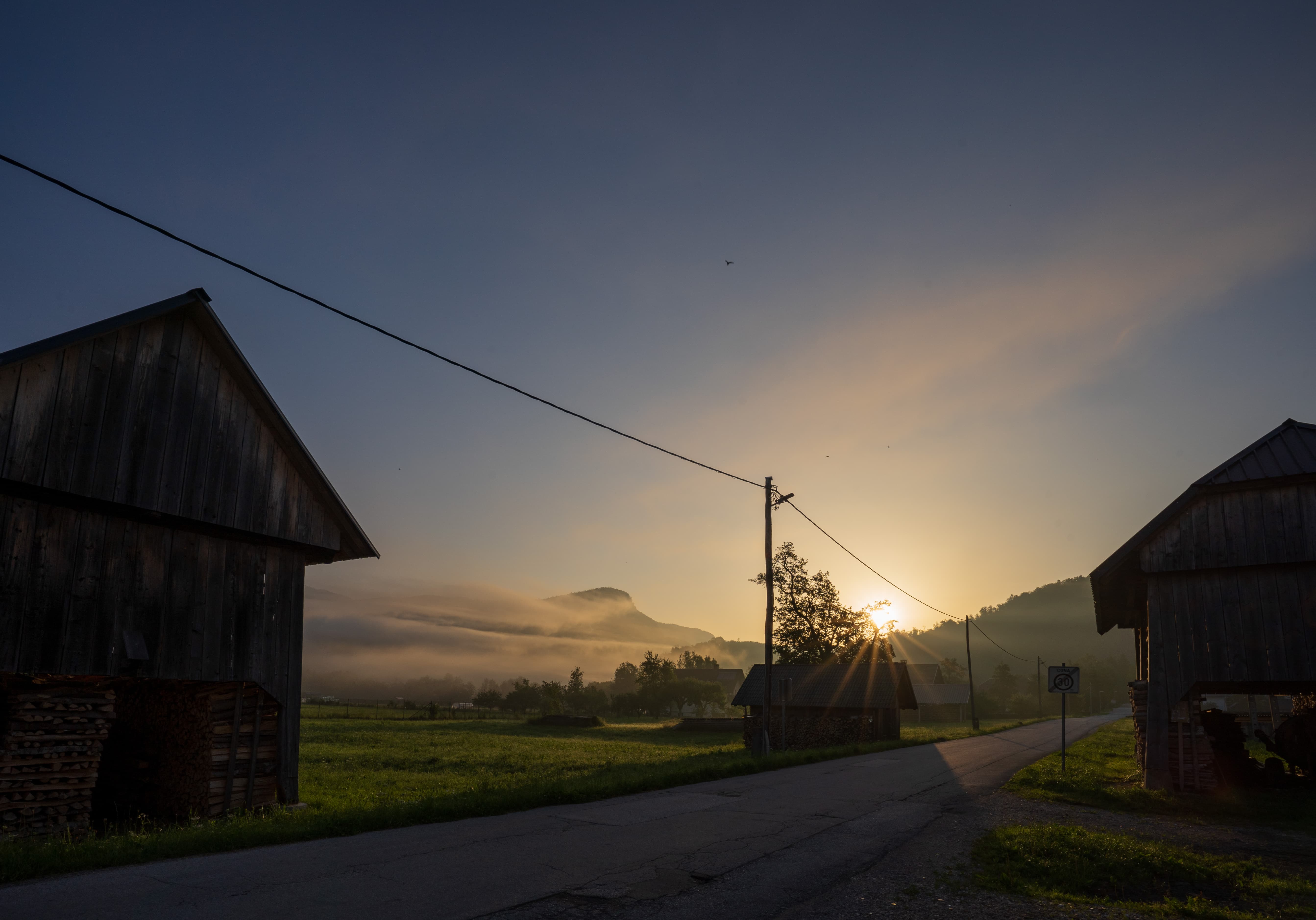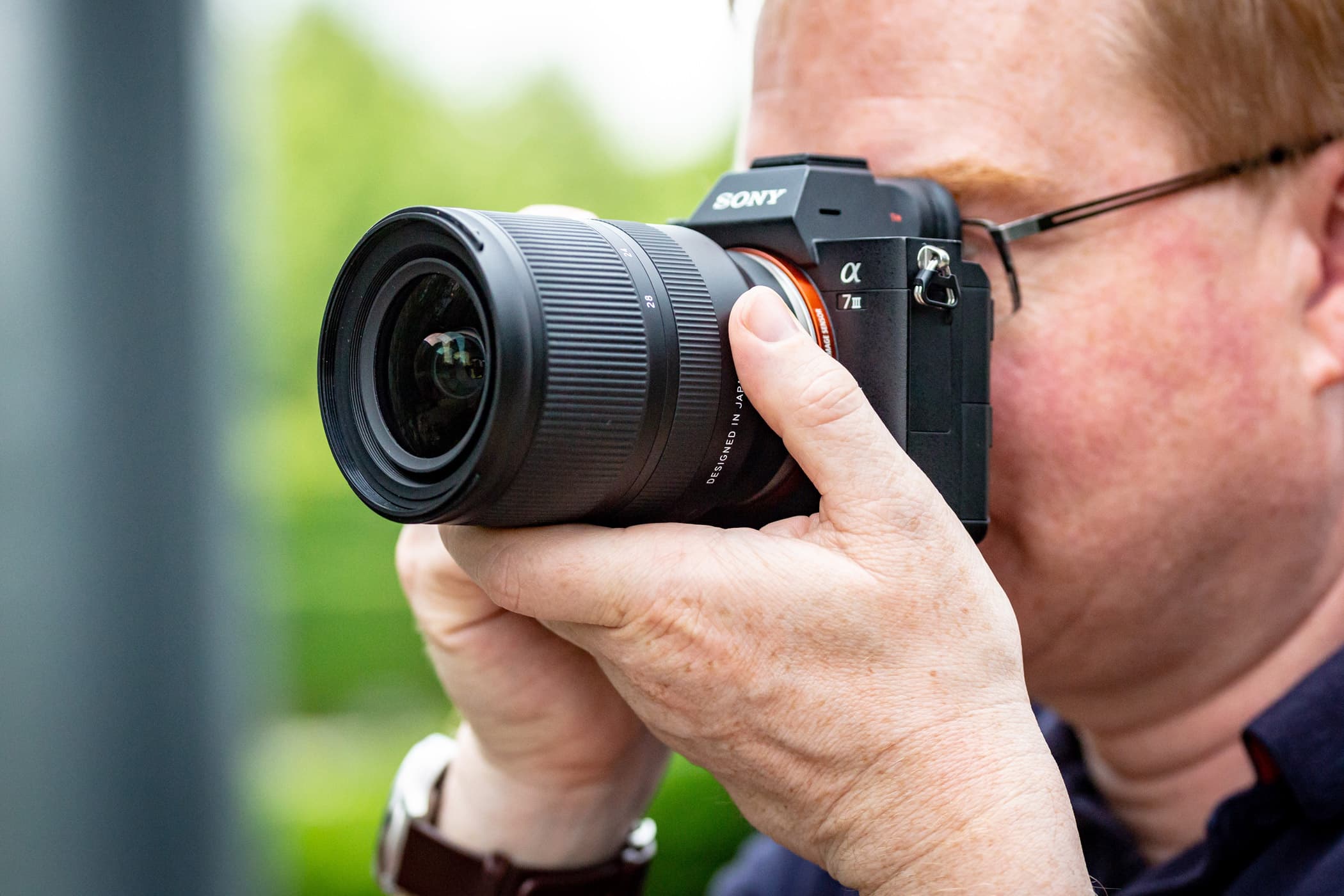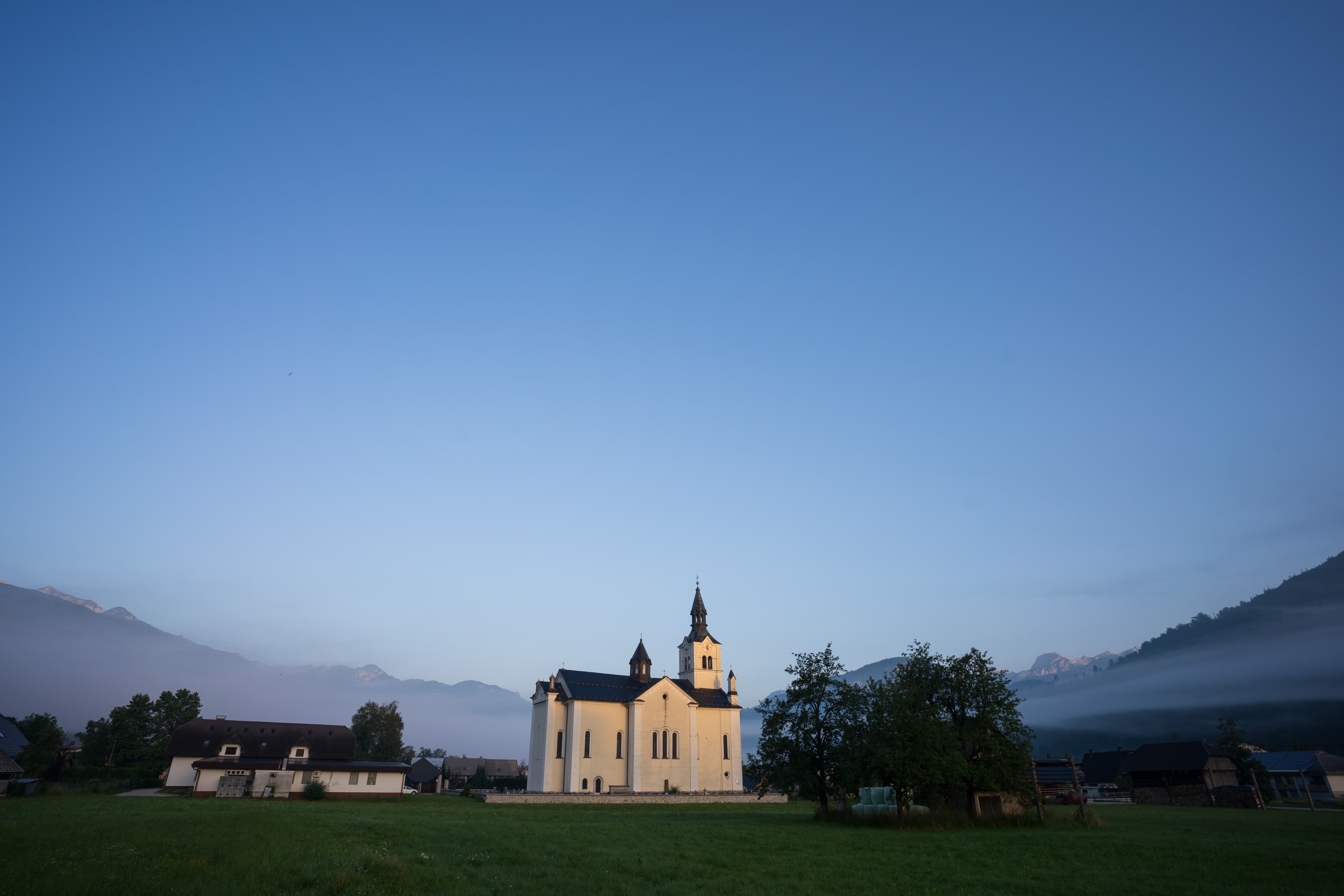Sony’s full-frame mirrorless system has been around for more than five years now, but the big third-party lens makers have only started to pay proper attention to it relatively recently. However while the likes of Zeiss and Samyang have made a decent array of E-mount primes, only Tamron has yet made a native full-frame autofocus zoom. Following on from the highly regarded 28-75mm F/2.8 Di III RXD that it launched in early 2018, the firm has now released a wideangle companion, in the shape of the 17-28mm F/2.8 Di III RXD.
This new optic maintains the same design philosophy, being a large-aperture zoom that achieves a compact size by employing a relatively modest focal-length range. Indeed its 1.6x zoom ratio is surprisingly short in a market where such lenses usually extend to 35mm. But there’s a good deal of sense in Tamron’s approach, as most users will surely be pairing the lens with a standard zoom starting at 24mm or 28mm.
The 17-28mm f/2.8 goes head-to-head in the market with the Sony Vario-Tessar T* FE 16-35mm F4 ZA OSS, and a spec comparison between the two makes for interesting reading. The lenses are the same length, but the Tamron is somewhat slimmer and 100g lighter, at 420g. The Sony has a wider zoom range but gathers a stop less light, and while it also includes optical stabilisation, this is inconsequential for users of cameras that include in-body IS – in other words, all except Sony’s first-generation full-frame mirrorless bodies. Crucially, the Tamron is more affordable, with a launch price of £900 compared to the Sony’s £1050 street price. So how does it perform?
Tamron 17-28mm F/2.8 Di III RXD – Features
Despite the lens’s relatively restricted zoom range, Tamron hasn’t skimped on the optics. The 13-element, 11-group design includes three aspherical elements, two low dispersion glass elements and an extra-low dispersion glass element, all with the aim of minimising distortion and chromatic aberration. Tamron also makes full use of in-camera software compensation to suppress residual aberrations.
Zooming and focusing are both internal, which means that the lens’s length and balance stay essentially the same at all times. The minimum focus distance ranges from 19cm at wideangle to 26cm at the 28mm setting, allowing striking close-ups. The barrel features moisture-resistant construction for shooting outdoors in challenging conditions, with fluorine coating on the front element to repel raindrops and fingerprints alike.
Filter uses will appreciate the 67mm thread, which is unusually small for a wideangle zoom, allowing the use of relatively inexpensive accessories. It’s also shared with both the Tamron 28-75mm f/2.8 and Sony’s compact 24-70mm f/4 standard zoom. A petal-shaped lens hood is included in the box and reverses neatly for storage, while the front element retracts further within the barrel on zooming to 28mm, providing additional shading against incident light.
Tamron 17-28mm F/2.8 Di III RXD – Build and handling
One theoretical advantage of mirrorless systems is that the short lens-to-sensor distance allows wideangle lenses to be made considerably more compact than their DSLR equivalents. Tamron appears to have taken full advantage of this, and as a result the 17-28mm is surely the smallest and lightest f/2.8 full-frame wideangle zoom on the market, aided by the use of lightweight polycarbonate for the external barrel. However it still appears perfectly well made, and while it’s perhaps not as solid-feeling as the metal-barrelled Sony 16-35mm f/4, it should be much less prone to scratching. The mount is metal, and surrounded by a rubber seal to prevent moisture getting into the camera.
In terms of design, the lens follows the template of most full-frame E-mount lenses, with a narrow-diameter section immediately adjacent to the mount that flares outwards to the main barrel. However at 73mm in diameter, it’s comparatively slim. It sports a rather understated matte-black finish, with just a slim pale-gold ring around the mount to provide a cosmetic flourish.
With its compact size and light weight, the 17-28mm is an excellent companion to Sony’s Alpha 7 bodies. The zoom ring has a large rubberised grip, while the focus ring is a harder plastic; both rotate smoothly. However I must admit that I’m not a fan of Tamron’s decision to place the zoom ring towards the front of the barrel, and found myself twisting the focus ring instead more than once. It’s not a huge problem, but counts as a minor demerit compared to the Sony 16-35mm f/4.
Tamron 17-28mm F/2.8 Di III RXD – Autofocus
Lens makers delight in formulating obscure acronyms for autofocus motors, with Tamron here deploying its RXD (Rapid eXtra-silent stepping Drive) system, which is also used by the 28-75mm f/2.8. In keeping with the requirements for modern mirrorless cameras, this is super-fast and essentially silent in operation, so it works well for both stills and video shooting. It’s fully compatible with Sony’s Eye AF, should you wish to shoot wideangle portraits.
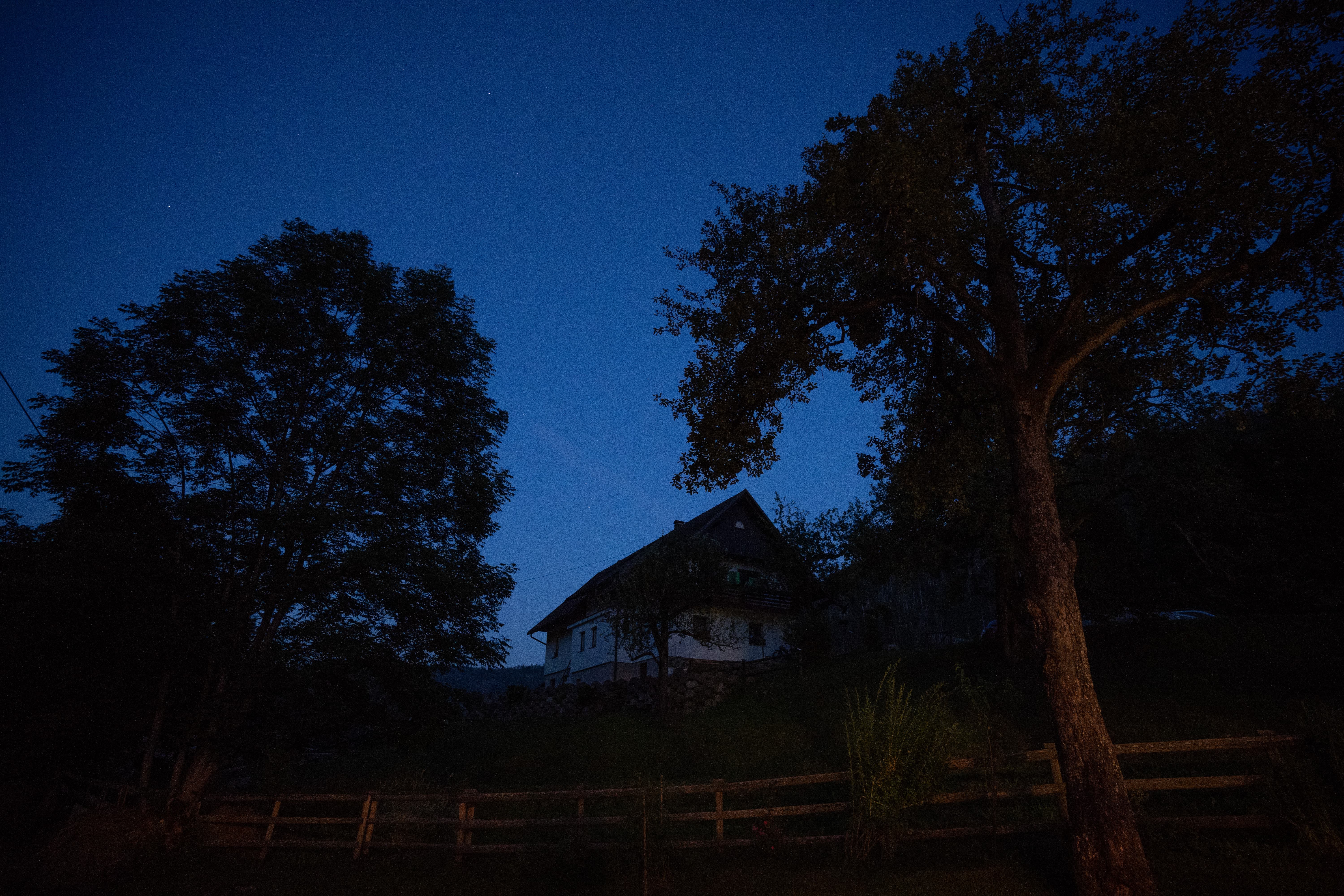
I only needed to use manual focus in exceptionally low light, such as for this image shot well after sunset. Sony Alpha 7 III, 17mm, 1/8sec at f/2.8, ISO 6400
In practical use I found the AF worked pretty much flawlessly, only failing in exceptionally dark conditions where there was insufficient light for the camera to focus. Here the answer is to use manual focus; sadly the lens lacks a physical AF/M switch, so you need to use a function button or the Fn menu.

Manual focus can be particularly useful when shooting close-ups. Sony Alpha 7 III, 17mm, 1/640sec at f/2.8, ISO 100
Manual focus works perfectly well, with rotation of the focus ring bringing up a magnified view for the most precise results. But as always with Sony it’s worth bearing in mind that the camera stops the lens down to the taking aperture, which compensates for any possible focus shift, but makes the viewfinder image noisy in low light.
Tamron 17-28mm F/2.8 Di III RXD – Performance
What we’re always most concerned about from a lens, of course, is how the images look. With this kind of ultra-wide zoom that’s liable to be used for subjects such as landscapes and architecture, we’re hoping for high resolution right across the frame, low distortion, and strong resistance to flare. The Tamron 17-28mm f/2.8 delivers strongly on all these counts.

Set to f/8, the lens delivers excellent levels of detail across the entire frame. Sony Alpha 7 III, 17mm, 1/250sec at f/8, ISO 100
Indeed sharpness is particularly impressive, with the lens describing excellent levels of detail into the corners even at f/2.8. It outperforms most DSLR equivalents, illustrating the inherent advantages of mirrorless mounts for wideangle zooms and vindicating Tamron’s decision to restrict the zoom ratio. Stop down to normal working apertures of f/8 to f/16 and you’ll get images that are super-sharp from corner to corner.

The lens maintains its excellent image quality cross the full zoom range. Sony Alpha 7 III, 28mm, 1/250sec at f/8, ISO 100
This perceived sharpness is also helped by very low levels of lateral chromatic aberration: even if you decide to disable in-camera compensation for some reason, you’ll see very little colour fringing in the corners of the frame. Adobe software corrects this by default when developing raw files, too.

There’s not even a slightest hint of colour fringing in the corners of the frame. Sony Alpha 7 II, 17mm, 1/160sec at f/8, ISO 100
Curvilinear distortion is much as we’d expect; at 17mm lines that should be straight along the long edge of the frame adopt a noticeably wavy appearance. Across most of the rest of the zoom range, you’ll see pincushion distortion that gets increasingly pronounced as you zoom in. A lot of the time this is nothing to worry about, but it has the potential to be troublesome for architectural photography, or landscapes with a clean horizon.
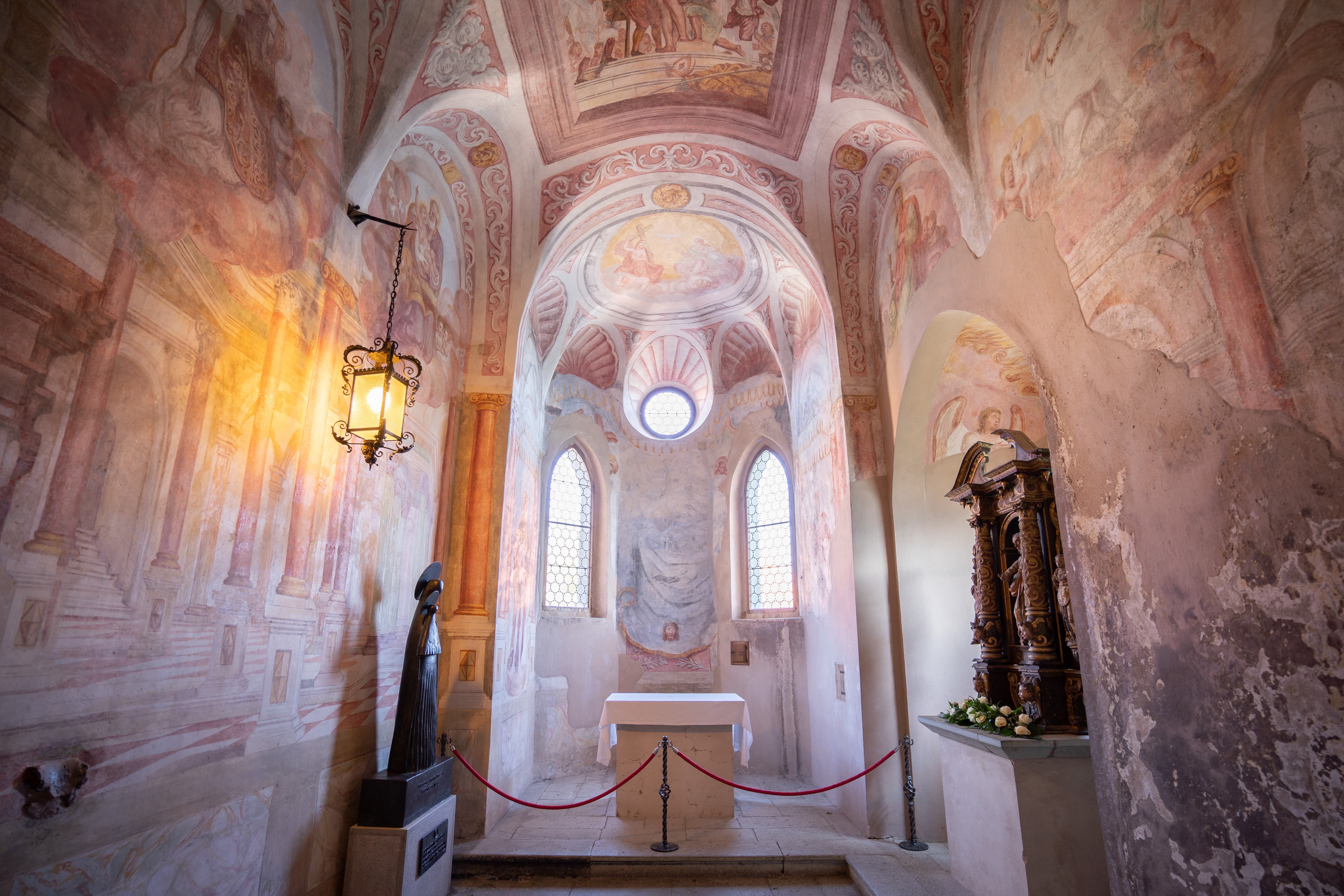
With its wide view and large aperture, this lens is ideal for shooting low-light interiors. Sony Alpha 7 III, 1/30sec at f/2.8, ISO 100
For raw shooters, the complex distortion pattern seen at 17mm really demands the use of profiled corrections to remove properly, rather than those based on simple sliders. At the time of writing, there’s no profile yet available for Adobe Camera Raw or Lightroom, but doubtless one will appear in due course. Enable in-camera lens compensation and distortion will be perfectly corrected in the camera’s JPEG output.
Flare resistance is very impressive, which is important for such a wide lens. Even when shooting directly into the light, I saw no hint of ghosting or veiling flare. Stop down to f/11 or smaller, and you’ll get 18-point sun-stars thanks to the 9-blade aperture diaphragm.
Tamron 17-28mm F/2.8 Di III RXD – Image Quality
Resolution
Our Image Engineering MTF tests, shot on the 42.4MP Sony A7R III, reveal a lens that’s remarkably sharp in the centre of the frame at all focal lengths, even at the maximum aperture of f/2.8. The measurements are not quite so spectacular in the corners, but still very good indeed. The odd behaviour at small apertures, with the corners appearing sharper than the centre, is probably an artefact of using a flat test chart at relatively close focus distances, and is not generally reflected in real-world use.
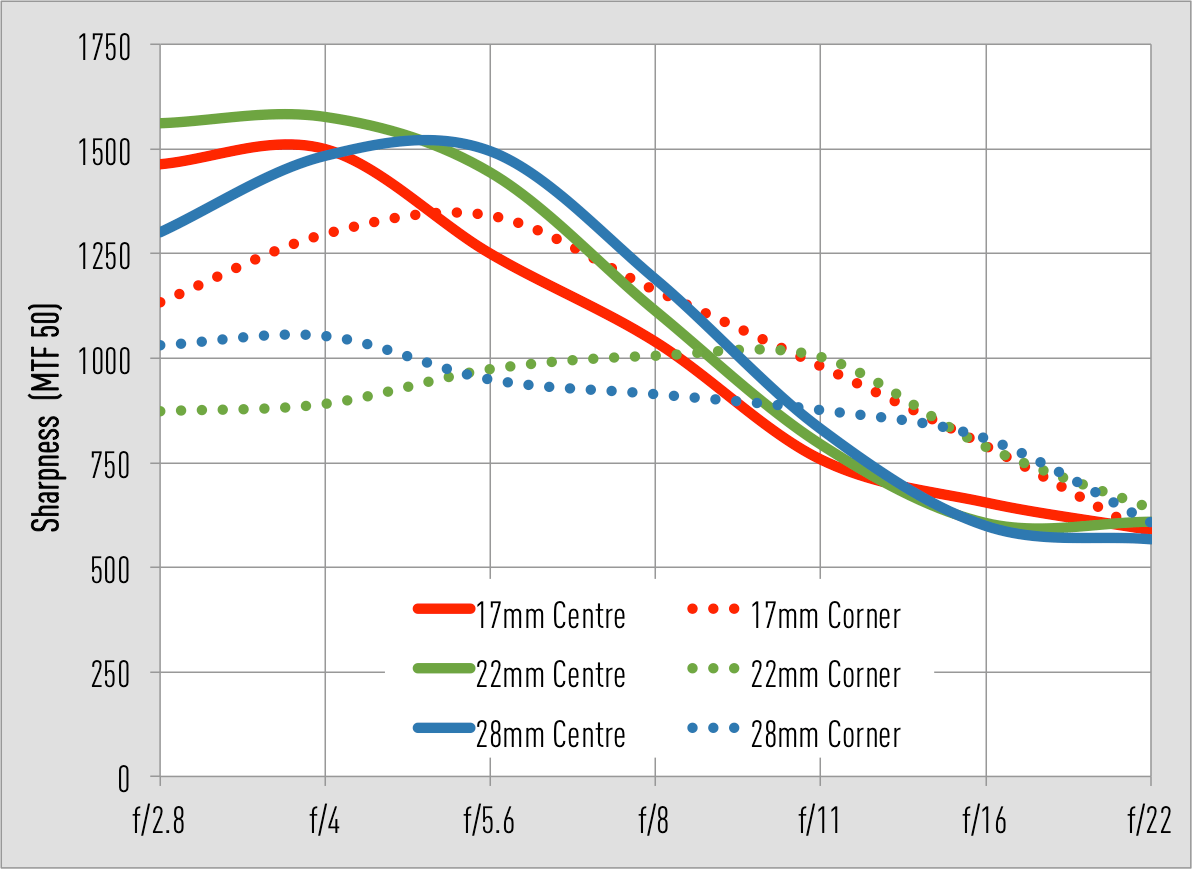
Tamron 17-28mm F/2.8 Di III RXD MTF50, measured on the Sony Alpha 7R III
Shading
At 17mm the lens shows fairly strong vignetting of almost two stops, which will be plainly visible in images with clear blue skies. But its relatively gradual fall-off profile means that’s not too objectionable. This light falloff decreases to about 1 stop on closing the aperture down to f/5.6, but doesn’t reduce any further at smaller settings. Longer focal lengths show a similar pattern, but with lower levels of vignetting, with just 1.3 stops measured at 28mm and f/2.8.
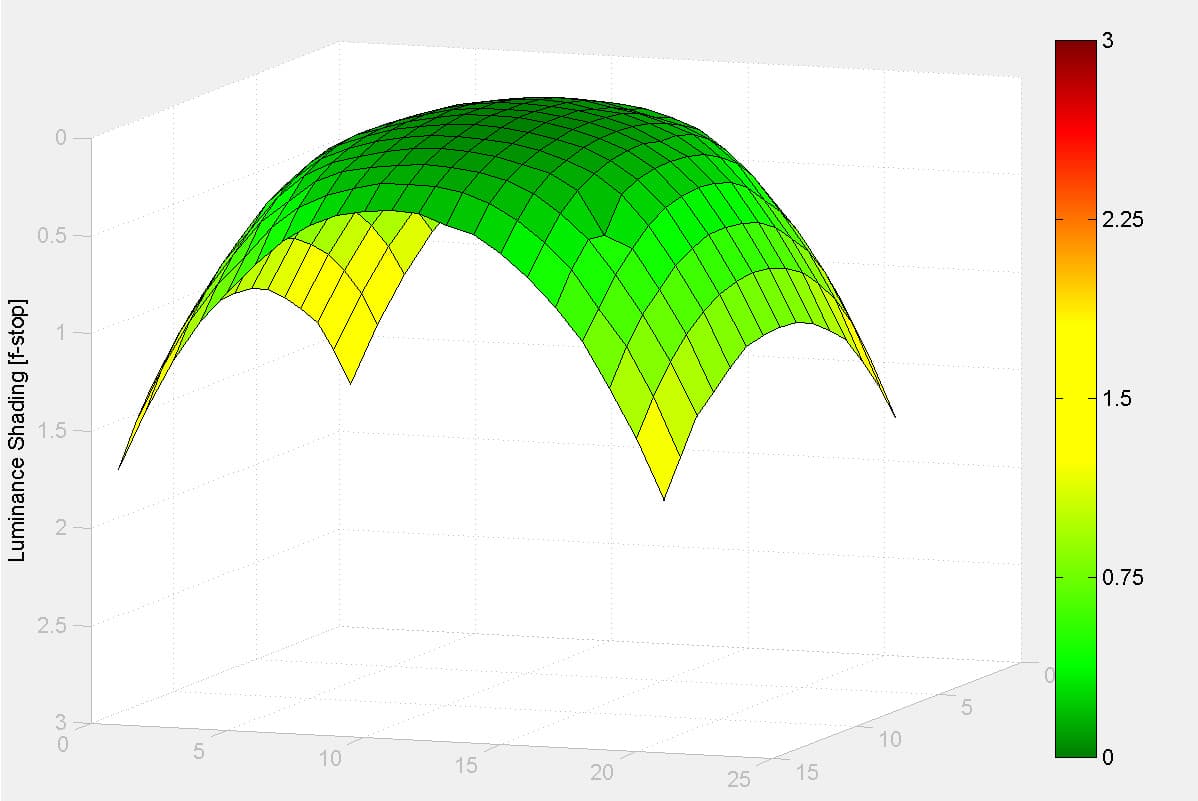
Tamron 17-28mm F/2.8 Di III RXD – Shading at 17mm and f/2.8
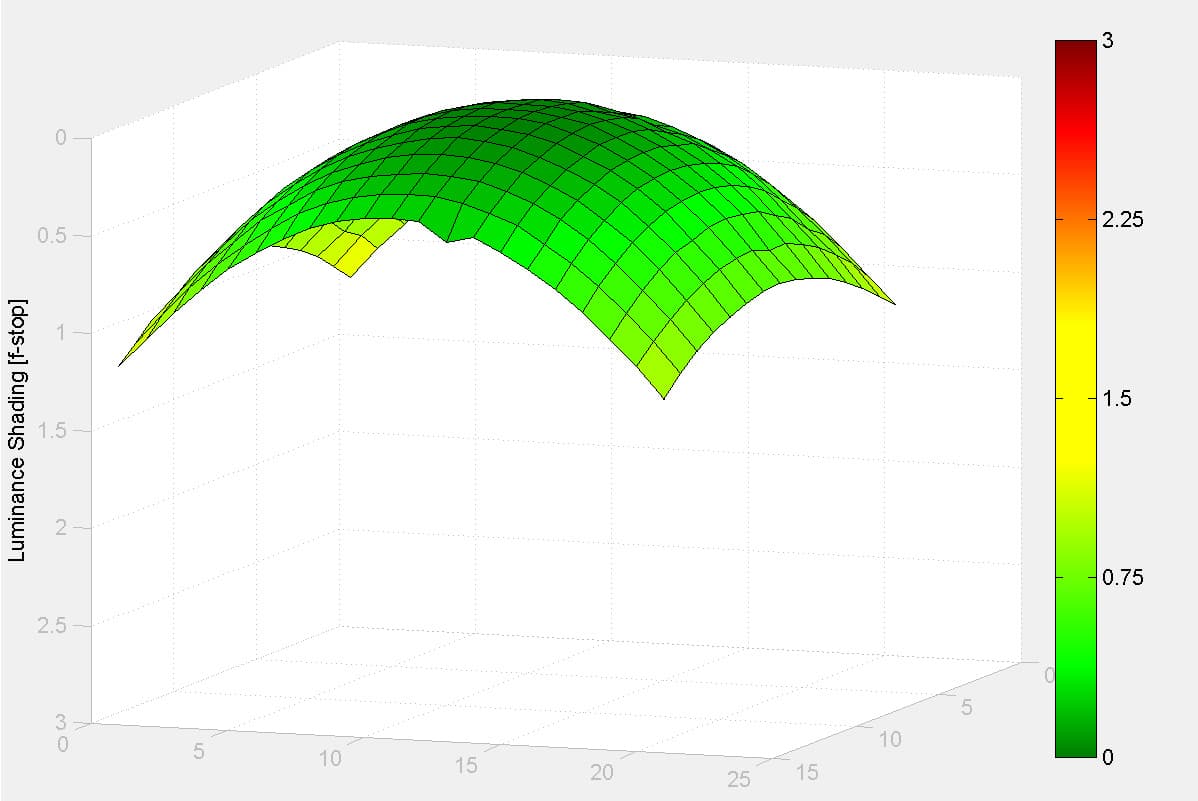
Tamron 17-28mm F/2.8 Di III RXD – Shading at 28mm and f/2.8
Curvilinear distortion
At its wideangle setting, the lens exhibits moderate moustache distortion, with barrel distortion in the centre of the frame re-correcting to pincushion distortion towards the edges. Zoom in slightly to around 19mm and this neutralises, before turning to pincushion distortion through the rest of the focal-length range. Turning on lens compensation will effectively fix this distortion in the camera’s JPEG processing.
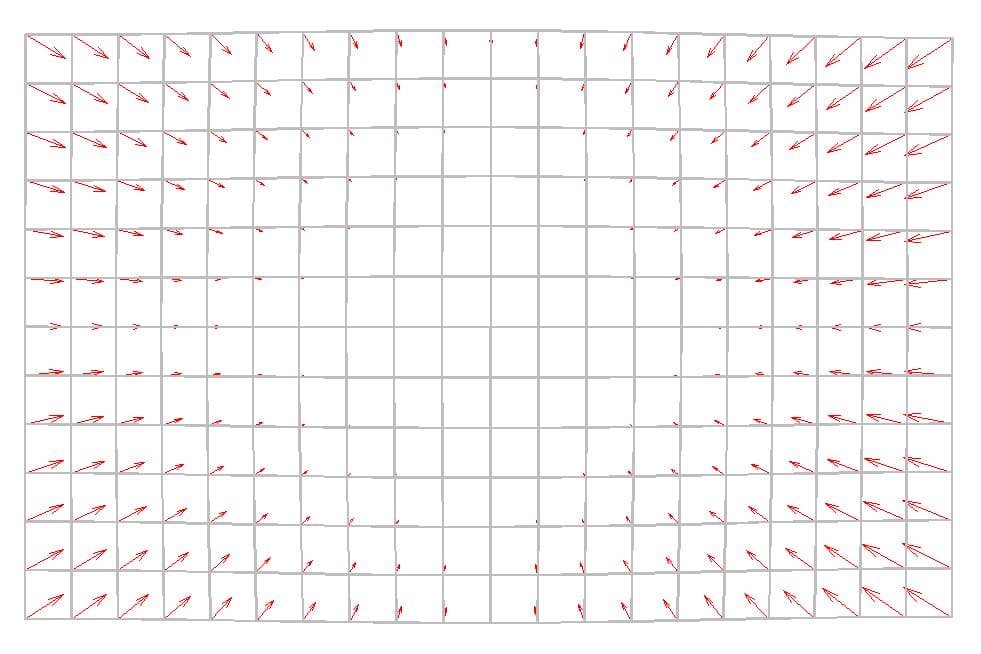
Tamron 17-28mm F/2.8 Di III RXD: uncorrected raw distortion at 17mm, SMIA Tv = -1.9%

Tamron 17-28mm F/2.8 Di III RXD: uncorrected raw distortion at 28mm, SMIA Tv = 1.6%
Tamron 17-28mm F/2.8 Di III RXD – Verdict
Until now, Sony full-frame mirrorless users looking for a compact wideangle zoom have had one obvious option, the Sony 16-35mm f/4. But with the 17-28mm f/2.8, Tamron has delivered an exceptionally strong alternative. Like its 28-75mm sibling, this is a very likeable lens that combines impressive sharpness with a fast maximum aperture in a compact, lightweight, weather-resistant design. Landscape photographers in particular should appreciate its finely judged combination of strengths.
Indeed given the excellence of its optical quality, the only real question mark comes over its limited zoom range. This is a lens that really needs to be paired with a 24mm or 28mm standard zoom for everyday shooting, whereas some photographers might be just about happy carrying the Sony 16-35mm f/4 on its own.
But in every other respect, the Tamron 17-28mm f/2.8 is an excellent alternative that offers fantastic value for money. Let’s hope the firm can produce Canon RF and Nikon Z-mount versions for those firms’ full-frame mirrorless cameras sooner rather than later.


